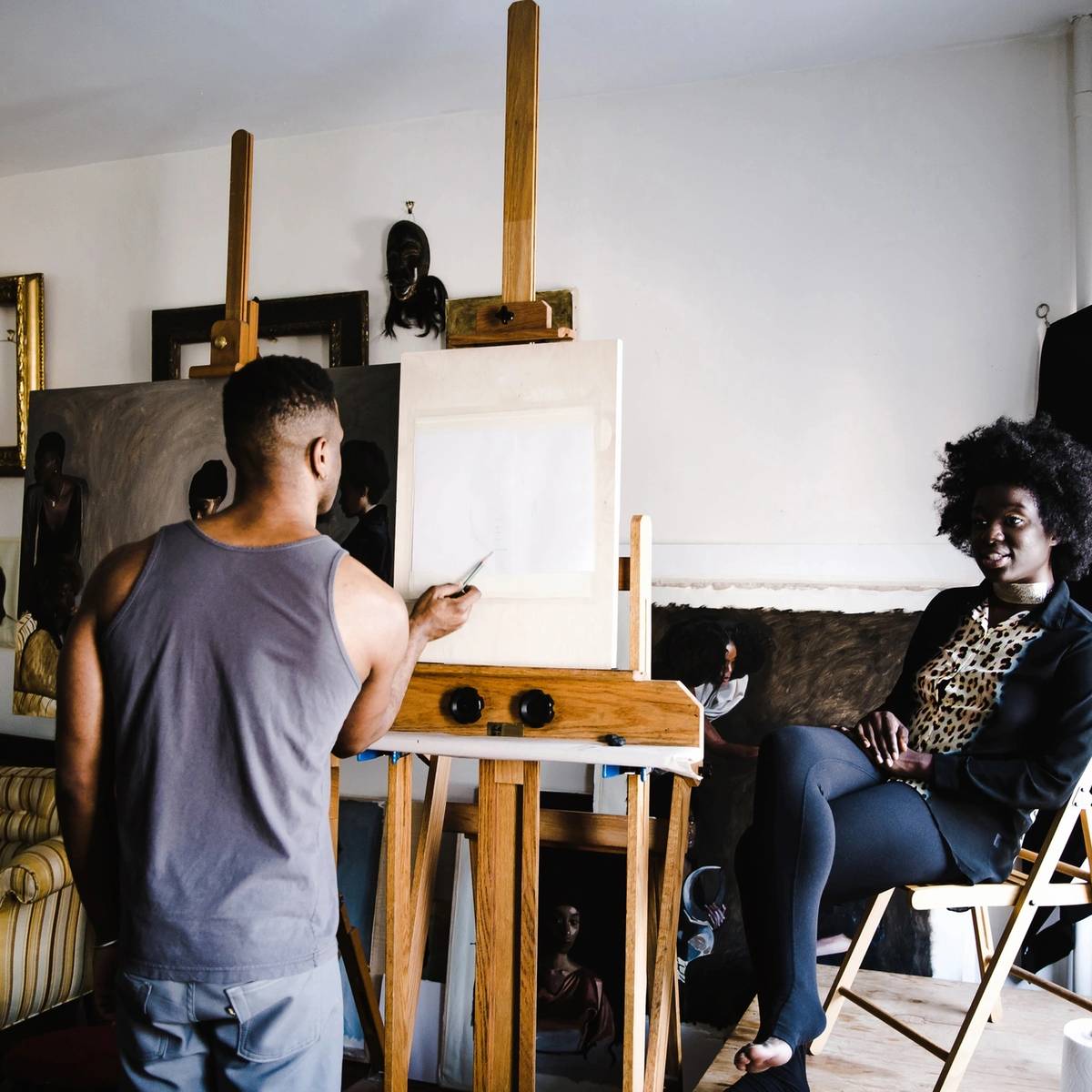Beginner’s Guide to Painting and Best Strategies for Beginners
Getting Started with Painting
Painting is a fulfilling and expressive art form that anyone can enjoy. Here’s a guide to help beginners get started and develop effective strategies for painting.
1. Choosing Your Medium
- Acrylics: Fast-drying, water-soluble, and versatile. Great for beginners due to their ease of use and cleanup.
- Oils: Rich colors and a long drying time, allowing for more blending. Requires solvents for cleaning.
- Watercolors: Transparent and fluid, perfect for creating soft washes and gradients. Requires practice to master control.
2. Gathering Supplies
- Paints: Start with a basic set of primary colors (red, blue, yellow), white, and black.
- Brushes: A variety of sizes and shapes (flat, round, detail).
- Canvas/Paper: Choose based on your medium (canvas for acrylics and oils, watercolor paper for watercolors).
- Palette: For mixing colors.
- Easel: Optional but helpful for working at an angle.
- Other Supplies: Water jars (for acrylics and watercolors), palette knives, rags or paper towels, and an apron.
3. Basic Techniques
- Color Mixing: Learn to mix primary colors to create secondary and tertiary colors. Practice mixing to understand color relationships.
- Brush Handling: Experiment with different brush strokes and pressures. Practice lines, dots, and textures.
- Layering: Start with background colors and gradually add details. Acrylics and oils allow for overpainting due to their opacity.
- Blending: Smooth transitions between colors. Easier with oils due to the long drying time.
4. Composition and Planning
- Sketch First: Lightly sketch your composition on the canvas or paper. This serves as a guide for painting.
- Rule of Thirds: Divide your canvas into a 3×3 grid and place focal points at the intersections for balanced compositions.
- Value Study: Create a grayscale version of your painting to understand light and dark areas.
5. Painting Process
- Preparation: Set up your workspace, lay out your supplies, and have reference materials ready.
- Underpainting: Start with a base layer (often a single color) to establish values and tones.
- Blocking In: Paint large areas of color, focusing on the main shapes and forms.
- Detailing: Add finer details and textures. This step requires patience and precision.
- Finishing Touches: Refine edges, add highlights, and make any necessary adjustments.
Best Painting Strategies for Beginners
- Start Simple: Choose simple subjects like still lifes, landscapes, or abstract designs. Avoid complex compositions initially.
- Practice Regularly: Consistency is key. Set aside time to paint regularly to build skills and confidence.
- Learn from Others: Study works of artists you admire. Watch tutorials, attend workshops, and join art communities for feedback.
- Experiment: Don’t be afraid to try new techniques, colors, and styles. Experimentation leads to discovery and growth.
- Patience and Persistence: Painting takes time and effort. Don’t get discouraged by mistakes; learn from them and keep practicing.
Additional Tips
- Keep a Journal: Document your progress, techniques learned, and ideas for future projects.
- Stay Organized: Clean your brushes and palette after each session. Organize your workspace to keep your materials easily accessible.
- Take Breaks: Step back occasionally to view your work from a distance. This helps you see the overall composition and make necessary adjustments.
- Enjoy the Process: Focus on the joy of creating rather than the end result. Enjoy each step and celebrate your progress.
With these guidelines and strategies, beginners can embark on their painting journey with confidence. Remember, the key to improvement is practice and persistence. Happy painting!

